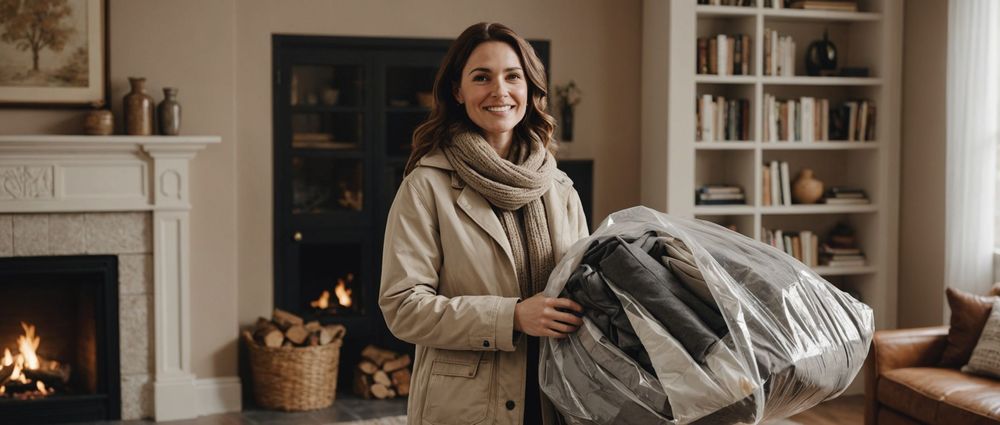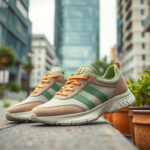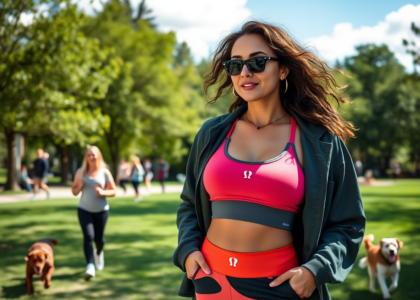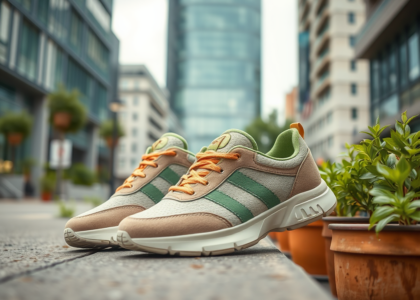Vacuum seal storage bags are popular for preserving clothing and maximizing storage space, but many wonder if they can damage garments over time. In this article, we will explore the pros and cons of using vacuum seal bags and answer the crucial question: do they really ruin clothes? While vacuum sealing can protect textiles from moisture and pests, improper use may lead to issues such as creasing or fabric stress. Let’s dive deeper into this topic to understand both the advantages and potential drawbacks of vacuum sealing clothing.
Understanding Vacuum Seal Bags

Vacuum seal bags are airtight plastic bags that, when sealed, remove air in order to compress the contents. This method is commonly used not only for clothing but also for food preservation and other household items. By minimizing air, vacuum sealing helps to prevent the growth of mold, mildew, and bacteria, making it a practical option for long-term storage. However, there are some critical considerations to keep in mind when using these bags for clothing, particularly regarding fabric types and storage duration.
Advantages of Using Vacuum Seal Bags for Clothing
Vacuum seal bags offer several benefits for clothing storage. Here are some of the key advantages:
- Space-Saving: Vacuum-sealed bags drastically reduce the volume of clothing, freeing up space in closets or storage bins.
- Protection from Elements: The airtight seal protects clothing from moisture, dust, and pests, extending the life of your fabrics.
- Organization: Easily categorize and store seasonal clothing, making it simple to find items when you need them.
- Odor Reduction: Vacuum sealing minimizes odors that may accumulate in clothing during storage, keeping them fresh.
- Travel Convenience: Ideal for packing light when traveling, allowing you to fit more items in your luggage.
Potential Risks of Vacuum Sealing Clothing
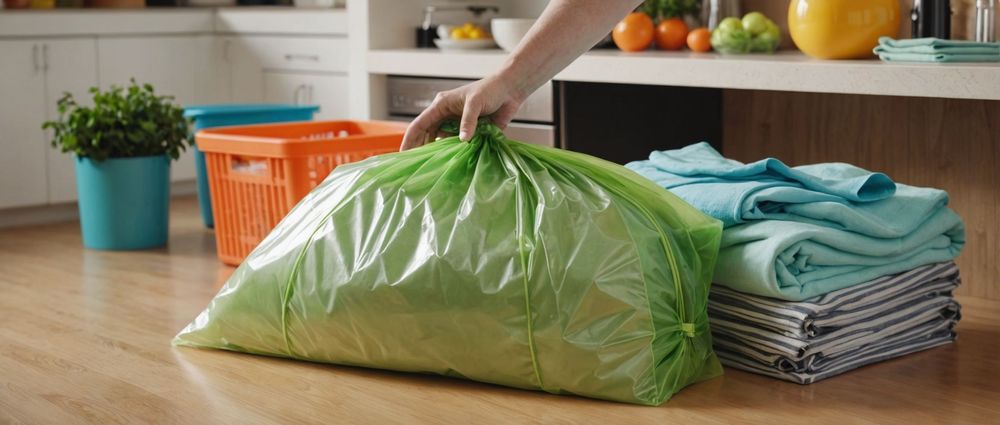
While vacuum seal bags can protect clothing, there are potential downsides. It’s crucial to understand these risks to avoid damage.
- Creasing: The compression of vacuum sealing may lead to permanent wrinkles in delicate fabrics.
- Fabric Stress: Tight sealing can place stress on seams and fibers, especially if left for prolonged periods.
- Moisture Trapping: If clothing is not completely dry before sealing, it can lead to mildew and odor problems.
- Pilling and Wear: The rubbing of fabric against itself in a sealed environment could cause pilling or wear over time.
- Storage Duration: Long-term storage may result in color fading and fiber degradation, particularly for synthetic fabrics.
Best Practices for Vacuum Sealing Clothes
To maximize the benefits of vacuum seal bags while minimizing risks, consider the following best practices:
- Choose the Right Fabric: Use vacuum sealing for sturdy fabrics like cotton or blends. Avoid delicate materials like silk or lace that are prone to damage.
- Ensure Dryness: Always make sure clothing is completely dry before sealing to prevent moisture-related issues.
- Limit Storage Time: Try to use vacuum bags for short to medium term storage. Avoid keeping clothing sealed for years.
- Don’t Overstuff: Allow a little room in the bag to prevent excessive pressure on the fabric and seams.
- Regular Checks: Occasionally, check the stored items to ensure they remain in good condition and free of odors.
Conclusion
In conclusion, vacuum seal storage bags can be a practical solution for protecting and storing clothing, provided that they are used properly. While the benefits of space-saving and environmental protection are convincing, one must remain mindful of the potential risks involved, including creasing and stress on delicate items. Following best practices when vacuum sealing clothing can help mitigate these risks, allowing you to enjoy both the advantages and the safety of your garments. If cared for correctly, vacuum sealing can be a valuable addition to your storage solutions without ruining your clothes.
FAQs
1. Can vacuum sealing ruin delicate fabrics?
Yes, delicate fabrics like silk, lace, or chiffon can be prone to damage such as creasing and stress when vacuum sealed. It’s best to avoid vacuum sealing these materials.
2. How long can clothes be stored in vacuum bags?
While vacuum-sealed clothes can last for several months, it’s advisable to limit storage time to a few months to reduce risks of wear and odor.
3. Are vacuum bags effective for storing winter clothing?
Absolutely, vacuum bags are ideal for storing bulky winter clothing like sweaters and coats, as they significantly reduce space and protect from pests.
4. Can I use vacuum-sealed clothing immediately after opening the bag?
Yes, you can use the clothing immediately upon opening the vacuum-sealed bag. Just give any wrinkled items a gentle fluff or steam if necessary.
5. Should I wash clothes before vacuum sealing them?
It’s best to wash and thoroughly dry clothes before vacuum sealing them to prevent odors and mildew buildup during storage.

